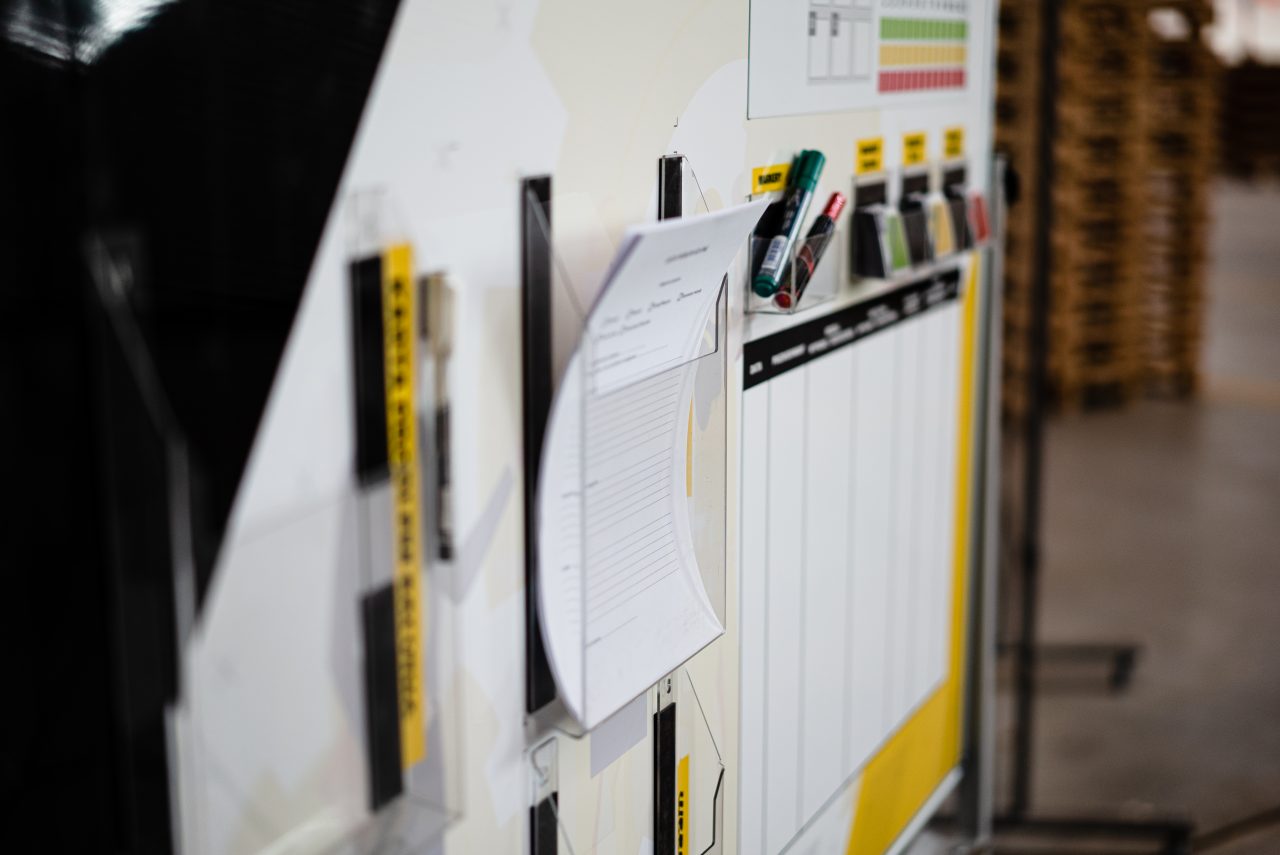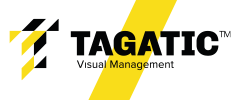Time waste in the organization - analysis of research results

24% - on average, middle -level employees lose so much time in production companies on simple activities related to reporting, searching for documentation or transferring changes. This is the result of a report published by Kanrisoft. The results for production workers are similar. Is the waste of time inscribed in the specificity of companies? Or maybe he can be prevented?
Wanted - wanted
What are the time of mid -level steering how to? In search:
- The search for position documentation takes an average of 11 minutes during an eight -hour change
- Searching for historical data: on average another 18 minutes.
In total, it's nearly half an hour of searching. However, the problem does not only apply to managers - the average production worker spends 16 minutes a day ... searching for a supervisor!
The image seems paradoxical - the supervisor is looking for documentation, the employee is looking for a supervisor at the same time ... and this is only the tip of the iceberg.
Transmission and expectation
Managers lose the most time to transfer the change. In turn, production workers - waiting for components. On average, both processes take 38 minutes during change.
This means that a production worker loses 54 minutes a day to wait for components and search for a supervisor. That's over 11% of its changes!
The manager, in searching for documentation, historical data and transferring a change, devotes as much as 14% of his time. But ... that's not all.
Count
Another activity that the manager's time takes is counting:
- OEE indicator calculation: On average, 33 minutes
- Counting produced pieces: on average 10 minutes
In total: 43 minutes, or another 9% of the shift.
Production workers do not waste time counting - but they waste him on events related to the abnormal functioning:
- reporting: on average 8 minutes
- reporting the causes of downtime: on average 9 minutes
- Safety reporting: on average 6 minutes
- Reporting and categorization of errors: on average 12 minutes
In total: another 35 minutes. Another 7% change.
Causes
In total, middle -level employees devote an average of 117 to the mentioned activities (and other similar), and production workers - 101 minutes. Respectively: 24% and 21% of their time. This means that they devote from reporting, searching, completing and passing on from ⅕ to a quarter of time.
This results, most often, from errors not only in the arrangement of the processes themselves, but also - and perhaps above all - in their readability and practical functioning.
The employee is losing time to search for tools because there are no standards of storage and distribution. He is waiting for components because there is no adequate marking system and reporting of current material states.
The supervisor transmits a change for 38 minutes, because there is no clear reporting system, visualization of data and current statuses. I am looking for documentation because there is no adequate storage system and document circulation.
Can it be remedied? Of course you can!
Prescription
In addition to setting the processes itself, their appropriate communication and visualization are crucial. Well -chosen, thought out and adapted to the needs of the company comes to the rescue.
- Dry -erase boards (used, e.g. as Kanban or FIFO boards) allow you to manage people and processes in a clear and clear way for all employees. Set in a perfectly visible place, they become a central production management point. The information is clear, clear, legible, transmitted quickly and in an understandable way. Thus, they save time - an employee and managers.
- Appropriate marking of minimum states allows you to provide components on time. Shadow boards mean that the employee has all the necessary tools always at hand. Thus - it stays at the workplace for longer and not to waste time.
- Tapes, stickers, horizontal, vertical and hanging marking - all these elements allow you to better orientate in space, and appropriate marking of roads and potential dangers not only improves logistics, but also reduces the danger of accidents.
First step
There is a whole pool of visual solutions that support management, reducing waste of time, increasing efficiency and raising safety. The key is to properly design the entire marking system and implement such solutions that will be visible, intuitive and effective in a given environment. That is why it is worth starting with the audit of current processes and markings, and later proceed to the process of changes, which - carefully planned and thought -out - will positively affect the effectiveness of the entire enterprise.
As tagatic, we have been supporting production companies in creating safe and effective work environments for years. Make an appointment for a free audit and find out how we can help your company.

